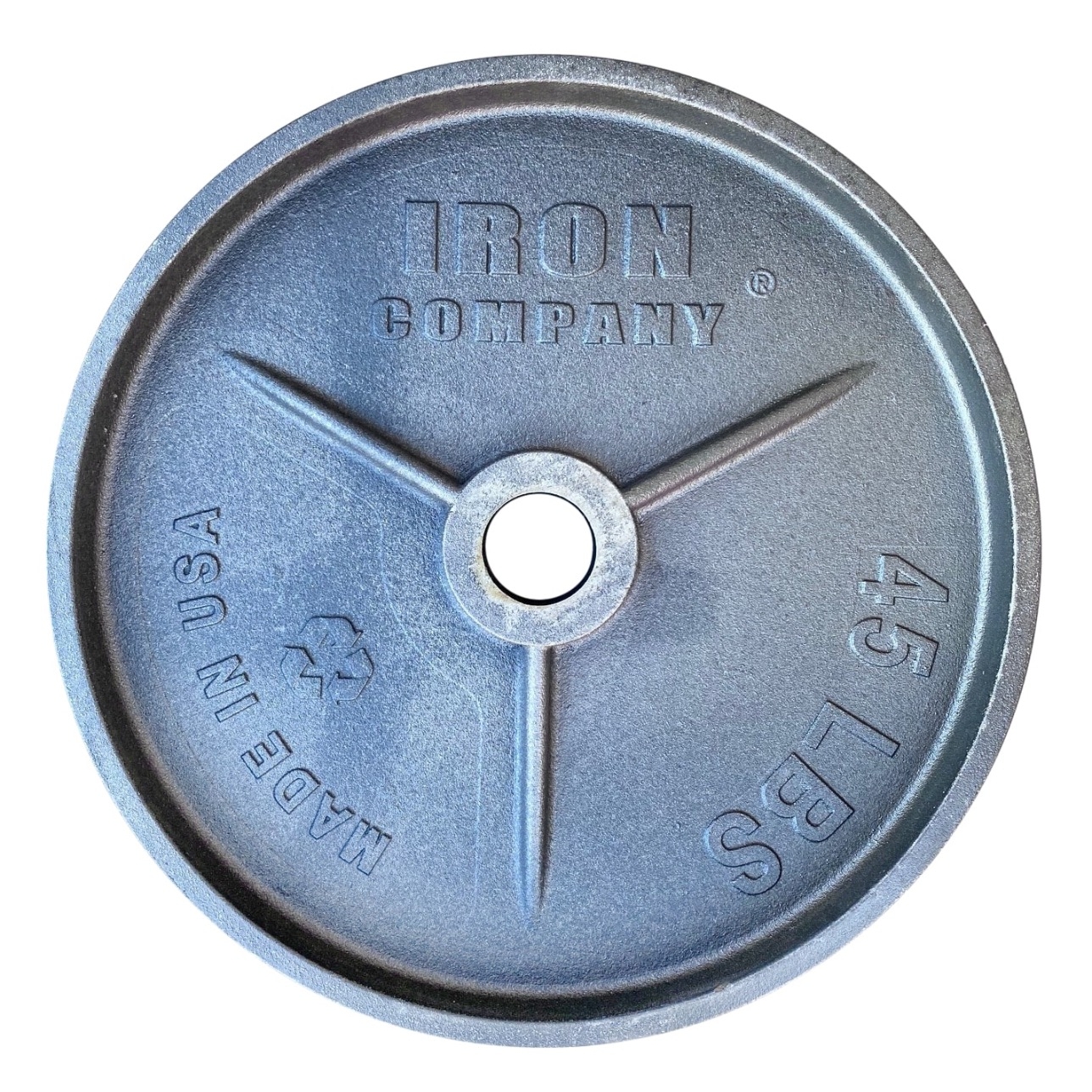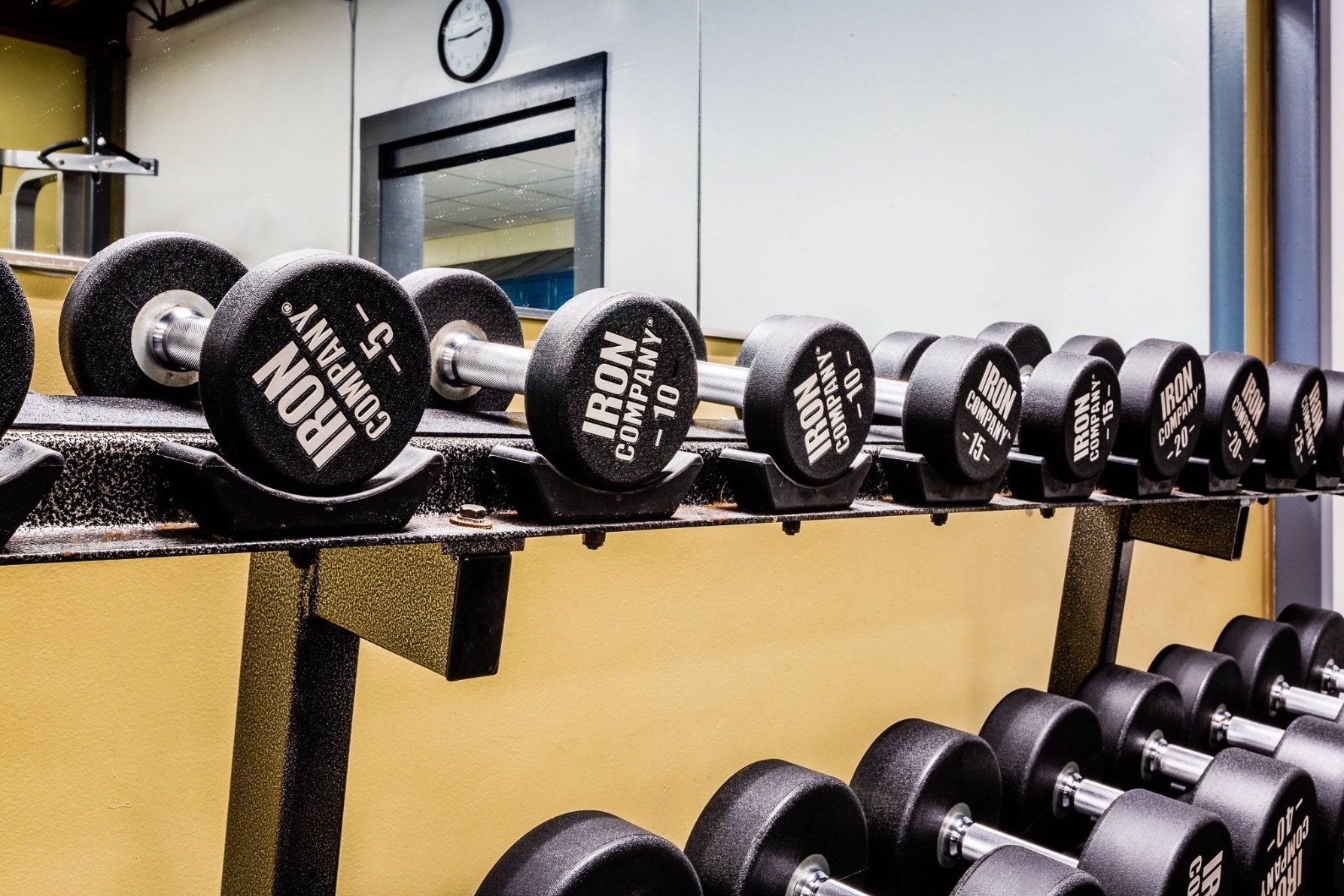
Strength Training: How NOT to do once-a-week strength training
Strength Training. The devil is in the details!
Outside Magazine, to their everlasting credit, ran an article this week entitled The Data behind a Once-a-week Strength training routine. The subtitle was intriguing, “A new study plots the progression of thousands of people following an ultra-minimalist training plan.
The results are impressive—at least initially. There’s good news and bad news in a remarkable new multi-year study of nearly 15,000 people who followed an ultra-minimalist strength training plan involving just one short work out a week. The good news is that the training really works, despite taking less than 20 minutes a week. James Steele is a sports scientist at Solent University and the UKActive Research Institute. He and his colleague sifted through the records of 14,690 Fit20 clients who had been training with that system for up to 6.8 years
As I read into the protocols and tools used, I thought my head would explode. A single thought kept pushing its way to the forefront of my consciousness: If I were to look to purposefully sabotage results from a long study on the benefits of once-a-week strength training, what would I do?
First off, I would select exercise machines over free weight equipment: if the goal is lesser results, choose machines that eliminate the 3rd dimension of tension. The 3rd dimension of tension is the need to control side-to-side movement. Exercise machines have frozen grooves that allow the trainee to allot 100% of their available strength to either pushing or pulling. Since there is no need to control sway, there is no need for muscle stabilizers to fire.
The training plan involves one workout a week, typically including six exercises on Nautilus One machines: chest press, pulldown, leg press, abdominal flexion, back extension, and either hip adduction or abduction.

Nautilus machines!? I had thought those over-built, ineffectual monstrosities had died (along with their ridiculous philosophy) a deserved death 30-years ago. Isolative exercises done on resistance training machines are indisputably inferior to crude barbells and dumbbells using compound multi-joint exercises that cause muscle stabilizers to freak out as they cut a motor-pathway through time and space. In order to keep a wayward barbell or dumbbells moving in their optimal motor pathway, stabilizers must counter sway and control to the tool. Again, from a saboteur perspective, after I pick the worst possible tool, an exercise machine, I need to select the lamest possible protocol.
For each exercise, you do one set with a weight chosen so that you’ll reach momentary failure after four to six reps. The reps are performed slowly, taking ten seconds up and ten seconds down, without locking the limbs or resting at the top or bottom of the motion. Rest between exercises is typically about 20 seconds. The loads are adjusted from session to session to keep you failing after four to six reps.
As a saboteur I would first off, select exercise machines that are inferior to free weights. Now I would add piss-poor exercises. What else?? I could insist on a crazed exercise procedure and insist on using a purposefully limited range-of-motion. If you take ten seconds to lower a rep and ten seconds to raise a poundage, that equates to 20-seconds per rep and 120-seconds, two minutes to compete a 6-rep set.
As a saboteur seeking to further ruin results, I would insist on partial reps, never locking out, never settling. Super slow repetitions and excruciatingly long sets compromise poundage-handling ability to an unacceptable degree.
After a year, the typical subject has gotten about 30 percent stronger. After seven years, you’re up by about 50 percent.
Question: someone please explain how moving tiny payloads very slowly for two minutes using a limited ROM in four isolation exercises makes you stronger? I guess you use Orwellian double-speak and create a new definition of stronger. In this instance “stronger” was conveniently defined as improving on a trainee’s initial readings obtained on day one using this flawed protocol.
You keep gaining, but the margins get smaller. The patterns are similar for the other exercises, though the numbers differ a bit. Leg press, for example, ends up about 70 percent higher than baseline.
Another great way to increase “strength” when using a purposefully reduced range-of-motion is to shorten your already shortened range-of-motion on report card day. Cut an inch or two off the top of a partial rep, then cut an inch or two off the bottom of each already shortened rep stroke. This shortening of the already shortened rep stroke will be barely detectable to the human eye and will result in vastly improved leverage. Who is going to notice? Are they going to measure the ROM on each rep? Here are the touted results.
In the real world, slow-motion 2-minute-long sets using pee-wee poundage produce zero real world strength gains.
What possible benefit could be had, doing these bizarre drills on these antiquated machines, using purposefully shortened ROM, each non-locking rep different then the one before it and the one after – this protocol strengthens you how? For what?
The only thing you improve is the ability to register improvement within the flawed universe they have created. Improvements in fatally flawed strength systems are no improvements at all.
In another head scratcher, nobody seems to have figured out that resistance programs, even the effective ones, need periodic rotation.
From the perspective of performance, the takeaways are a little murkier. Does the plateau with this training plan suggest that a similar plateau will take place with all strength training plans? That’s a risky generalization, {it is???} but Steele and his colleagues point to some other hints in the literature to suggest that this may be a common occurrence.
No kidding. It is damn tough to have exercise variety when the only tools available are six Nautilus machines, each limited to a single frozen groove further straitjacketed by the insistence of short rep strokes: they don’t even take advantage of the full potential of the limited potential of a Nautilus machine.
If you never change the six exercises you do, if you never change the way you do them, if you never alter the frequency, stagnation is a forgone conclusion. Here is an inconvenient truth: Nautilus machines allows for a single exercise. A barbell has a hundred exercise possibilities and variations.
The bad news is that it (the super-slow strength protocol) eventually stops working, or at least gets less effective—a phenomenon that the researchers argue may be universal rather than specific to the training plan.
Wow. A resistance training program that stops working. Thank God for science pointing that out!
One possibility is that all programs eventually produce diminishing returns, and the solution is to add a new or different stimulus. It’s certainly likely that if you plateau in one program, then switch to another, you’ll see rapid initial progress in the new routine’s specific movements and challenges.
You can only switch to another program if you have another program.
But it is less clear whether that progress is task-specific, or whether you’re actually resuming rapid gains in generalizable strength.
In the case of the “strength gains” associated with the super-slow/limited ROM extended set protocol, the “progress” IS, without a shred of doubt, task-specific. There is no practical strength to be gained using this approach.
Meanwhile, real-deal once-a-week strength training, the type we practice, the type that skyrockets real-world strength and radically and dramatically changes physiques is totally ignored.
My head is exploding.
About the Author
As an athlete Marty Gallagher is a national and world champion in Olympic lifting and powerlifting. He was a world champion team coach in 1991 and coached Black's Gym to five national team titles. He's also coached some of the strongest men on the planet including Kirk Karwoski when he completed his world record 1,003 lb. squat. Today he teaches the US Secret Service and Tier 1 Spec Ops on how to maximize their strength in minimal time. As a writer since 1978 he’s written for Powerlifting USA, Milo, Flex Magazine, Muscle & Fitness, Prime Fitness, Washington Post, Dragon Door and now IRON COMPANY. He’s also the author of multiple books including Purposeful Primitive, Strong Medicine, Ed Coan’s book “Coan, The Man, the Myth, the Method" and numerous others. Read the Marty Gallagher biography here.



